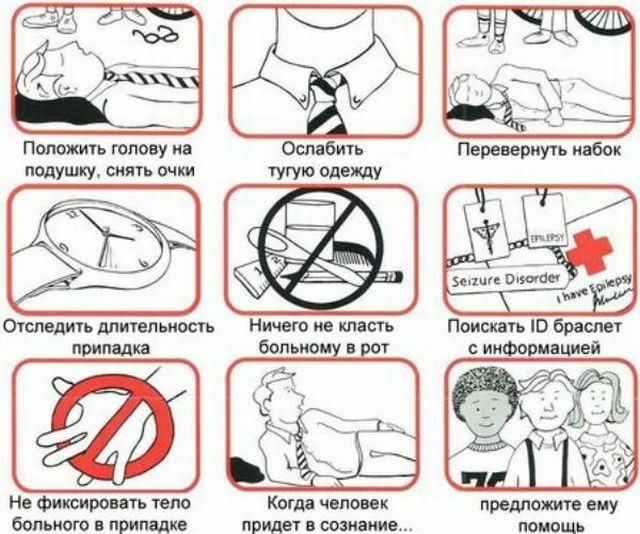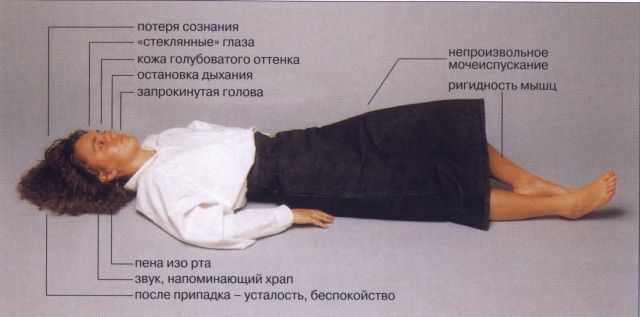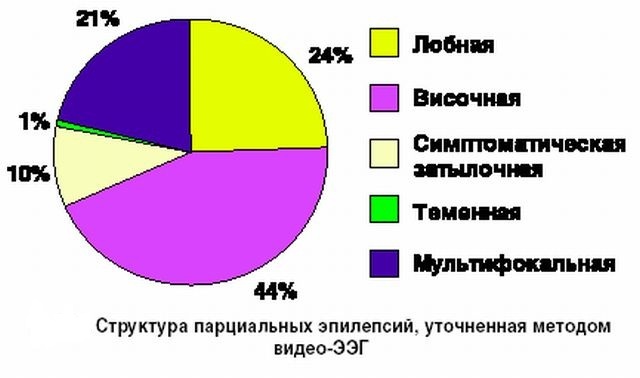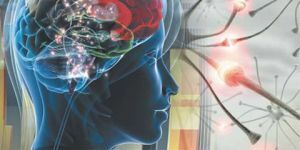 Epilepsy is a severe chronic pathology of the nervous system, which is accompanied by serious pathologies in the development of the brain and the development of predisposition to convulsive attacks.
Epilepsy is a severe chronic pathology of the nervous system, which is accompanied by serious pathologies in the development of the brain and the development of predisposition to convulsive attacks.
Epilepsy is often characterized by mental disorders, systematic loss of consciousness, as well as specific changes in the character of a person that appear as a result of a serious impairment of brain functioning.
Patients with epilepsy often complain of rapid deterioration of memory and mindfulness, aggressiveness, irritability, sharp mood swings. Personality changes can be the most difficult - from the development of acute or chronic psychoses to dementia.
The causes of epilepsy can be different - birth or craniocerebral trauma, infection, meningitis or encephalitis, tumor processes, and hereditary factors. Regardless of the cause of the disease, epilepsy can and should be treated.
Contents
- Is epilepsy curable at this stage of medicine?
- Objectives of
- therapy First aid methods for seizures
- Medical assistance
- Surgical treatment
- Phytotherapy
- Therapies of treatment depending on the form of epilepsy
- If the child is sick
- During pregnancy
Is epilepsy curable at this stage of medicine?
The effectiveness of epilepsy treatment directly depends on how timely the therapy was started and how competently it is selected.
For the treatment of epilepsy, medical and surgical methods of treatment are used. Also popular are 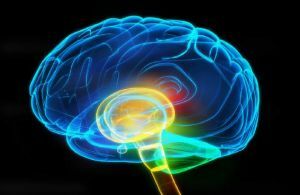 recipes of traditional medicine, which for many years have confirmed their effectiveness.
recipes of traditional medicine, which for many years have confirmed their effectiveness.
The first signs of epilepsy and convulsive seizures are most often manifested in children's and adolescent air.
As medical practice shows, if treatment was started at the earliest age, in 55-60% of cases cure epilepsy is possible and it turns out to achieve full recovery, permanently stopping seizures. In addition, properly selected treatment can "postpone" the subsequent epileptic seizure for 2-5 years.
As a result of many years of research it has been established that epilepsy is curable in about 55-80% of diseases.
Aims of therapy
Treatment of epilepsy is a long and painstaking process. In the majority of cases, the treatment process lasts at least 3-5 years. The main goals that are put before the therapeutic course:
- Elimination of the root cause of the disease .In some cases, epilepsy develops against the background of brain tumors, meningitis, encephalitis and other infectious diseases. In such cases, the treatment of epilepsy should begin with the treatment of the underlying disease.
- Some factors provoke the onset of epileptic seizures - the use of alcoholic beverages, prolonged emotional overstrain, insufficient sleep, and malnutrition. The goal of the treatment is to eliminate all provoking factors and create the most favorable conditions for a person.
- Rapid arrest of an attack or epileptic status( a series of seizures) of the .For this purpose, various anticonvulsant drugs and first-aid techniques are used.
Methods of first aid for seizures
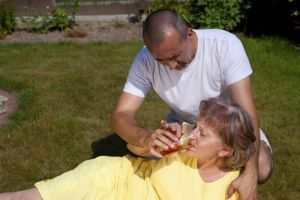 How to properly provide first aid for epileptic seizures, everyone should know. At any moment, at work, in the streets of the city or in public transport, you can witness an epileptic attack - at such times a sick person needs to provide professional, full-fledged first aid:
How to properly provide first aid for epileptic seizures, everyone should know. At any moment, at work, in the streets of the city or in public transport, you can witness an epileptic attack - at such times a sick person needs to provide professional, full-fledged first aid:
During the attack, a sick person falls to the ground, loses consciousness, does not react to anything, it starts to convulsions, mouth can foam. How to provide first emergency care to a patient with epilepsy:
- The first thing to do with an epileptic seizure is to try to gently pick up the falling person and lay it on a flat surface. The best option is a position with a slightly raised head - for this under the head of a sick person you need to put a rolled jacket, jacket or other garment.
- In no case should you try to restrain the convulsions of the patient - in such moments it is necessary to ensure a person's safety for his own health. To do this, it is necessary to put in the patient's mouth a twisted handkerchief or other tissue in order to prevent accidental biting of the tongue. If there is a strong salivation, you need to turn the person's head to the side - this will not let you choke your own saliva.
- The head of a sick person should try to fix .You can just sit on top and hold your head in your knees.
- During an epileptic seizure of a person may stop breathing for a few seconds or even minutes. This is normal for epilepsy, so do not panic.
- If you witness an attack of epilepsy, remember that in some cases such attacks are accompanied by involuntary urination. It is for this reason that to relieve the patient of the additional psychological discomfort of , one must try to get rid of unnecessary "spectators".Wet clothes can be covered with improvised tools - a bag, a package, newspaper or jacket.
- At the end of the cramps, the patient needs to turn on his side - this position is most preferable for getting out of an epileptic attack.
- Epileptic seizure lasts only a few minutes. Wait for it to finish , making sure that the patient has come to his senses, can normally think and coordinate his actions. Only then can you be completely sure that the person is safe.
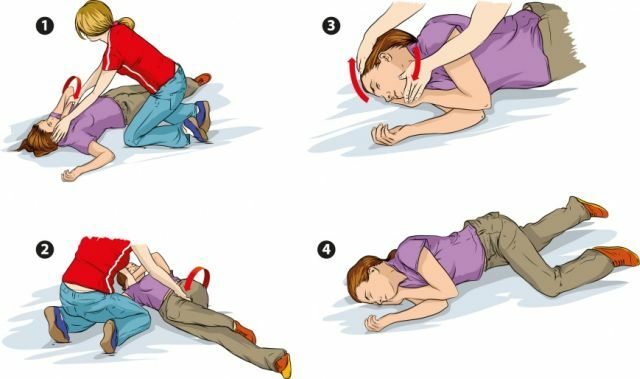
Medical care
For the treatment of epilepsy, an integrated approach is used, consisting of conservative therapy, phytotherapy and, if necessary, surgical treatment.
Medication:
- Primidone - is used to prevent convulsive attacks. The recommended dosage is 1 g three times a day.
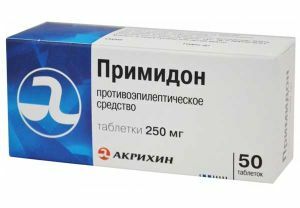
- Phenobarbital - the maximum single dose is 0.1-0.2 g of the drug twice a day.
- Carbamazepine - the recommended dose of the drug is 0.8-1.2 grams once. The medication is recommended for the removal of convulsive epileptic seizures. Dosage is determined on an individual basis and in some cases can be increased.
- Drugs with active substance valproate sodium - Konvuleks, Depakin, Apilepsin. The dosage of these drugs is determined individually by the treating specialist, but the maximum permissible single dose should not exceed 1-1.5 g.
Drug treatment is very painstaking and long-lasting, as a rule, it lasts at least 3-6 years. In the event that antiepileptic therapy is not effective enough, or the patient has more than 3 epileptic seizures per month, it is recommended to use a surgical method of treatment.
Surgical treatment
 Most often, surgical treatment is used for temporal epilepsy, in which resection of the temporal region occurs. The surgical method of treatment is considered the most effective - according to medical practice, approximately 90-93% of all operations lead to complete recovery of the person.
Most often, surgical treatment is used for temporal epilepsy, in which resection of the temporal region occurs. The surgical method of treatment is considered the most effective - according to medical practice, approximately 90-93% of all operations lead to complete recovery of the person.
In the event that epilepsy is triggered by an abscess, tumor or an aneurysm of the brain, surgical treatment is indicated, which is usually performed using local anesthesia.
This is necessary for the surgeon to be able to fully control the patient's condition and prevent damage to vital areas of the brain. The result of the operation is fixed by long-term medication.
Phytotherapy
Treatment of epilepsy with folk remedies involves the use of the following medicinal plants:
- Freshly squeezed spinach juice is recommended to take one third of the glass three times a day. Thus, for a day the patient should drink a glass of spinach juice.
- To prepare the medicine, you will need ruta .Pour a tablespoon of fresh or dry ruta with a cup of hot water, let
 brew for several hours and take a spoonful three times a day.
brew for several hours and take a spoonful three times a day. - Pre-ground wormwood in an amount of 3 tablespoons you need to pour 300 ml of boiling water, leave to infuse for 3-4 hours. After this, the infusion should be filtered and taken in 100 ml in the morning and in the evening.
- Prepared lavender flowers ( 1 teaspoon) should be poured hot water, hold on a small fire for an hour. Take a medicine is recommended for a tablespoon twice a day.
- Lily of the valley decoction of is an effective remedy for the treatment of epilepsy. Pour a handful of flowers with a cup of hot water, leave for 1-2 hours for infusion and take a tablespoon of the drug twice a day.
Thinness of therapy depending on the form of epilepsy
To date, there are several forms of epilepsy:
- Idiopathic variety - most often due to hereditary factor. Idiopathic form of epilepsy is considered the most easily curable, so conservative therapy is used to treat it. The surgical method of treatment is not used.
- Symptomatic type - pathology develops against a background of serious brain diseases. For the treatment of symptomatic epilepsy with the same efficacy, both medical and surgical treatment are used.
- The cryptogenic form of - the cause of epilepsy is not associated with heredity or brain diseases. Drug therapy shows high results in the treatment of cryptogenic epilepsy.
If the child is sick
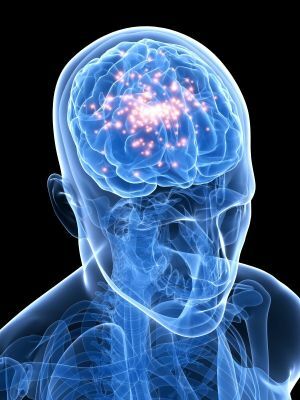 Most often, epilepsy is diagnosed precisely in childhood or adolescence.
Most often, epilepsy is diagnosed precisely in childhood or adolescence.
The main cause of childhood epilepsy is considered intrauterine developmental pathologies, birth trauma, oxygen starvation of the fetus in the womb, rubella or cytoplasmosis of the mother during pregnancy.
For the treatment of epilepsy in children, the same medicines are used as for adults, but in a reduced dosage.
The optimal dose of medicament is determined only by the treating specialist. Provided that the child does not have an individual intolerance, it is allowed to use folk remedies.
During pregnancy
Many pregnant women with the diagnosis of "epilepsy" are wondering - is it possible to treat the disease in such an exciting period of life?
Modern medicine recommends future mothers to take special anticonvulsant drugs, the dosage of which will be prescribed by a doctor, based on the history.
Most often for the normalization of the condition of a pregnant woman are applied:
- Carbomazepine.
- Valproate.
- Redlanium.
Epilepsy is not a contraindication to natural delivery and breastfeeding. With properly selected treatment and in the absence of obstetric contraindications, a woman can independently give birth to a child.

